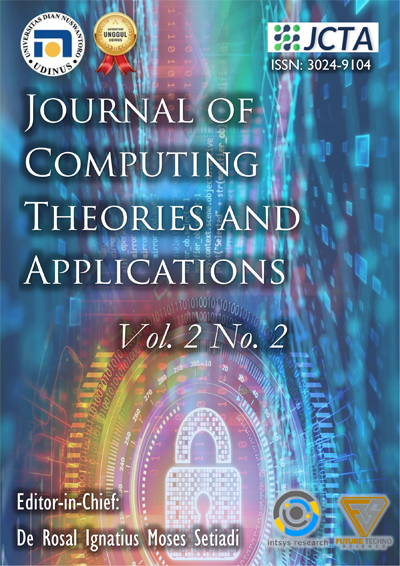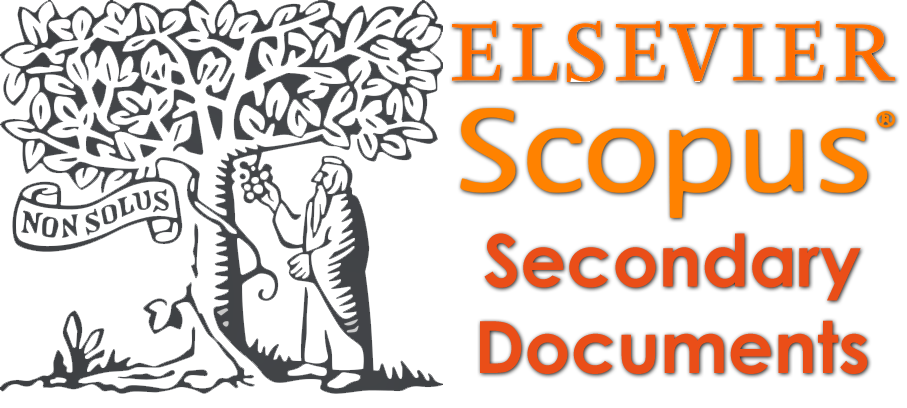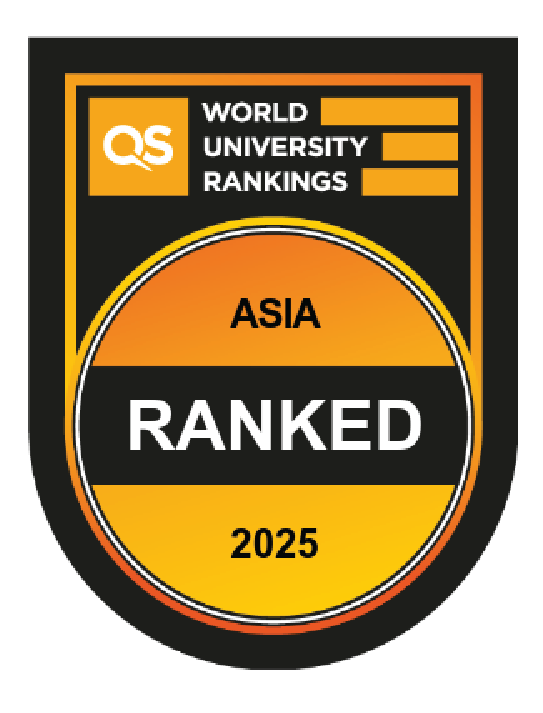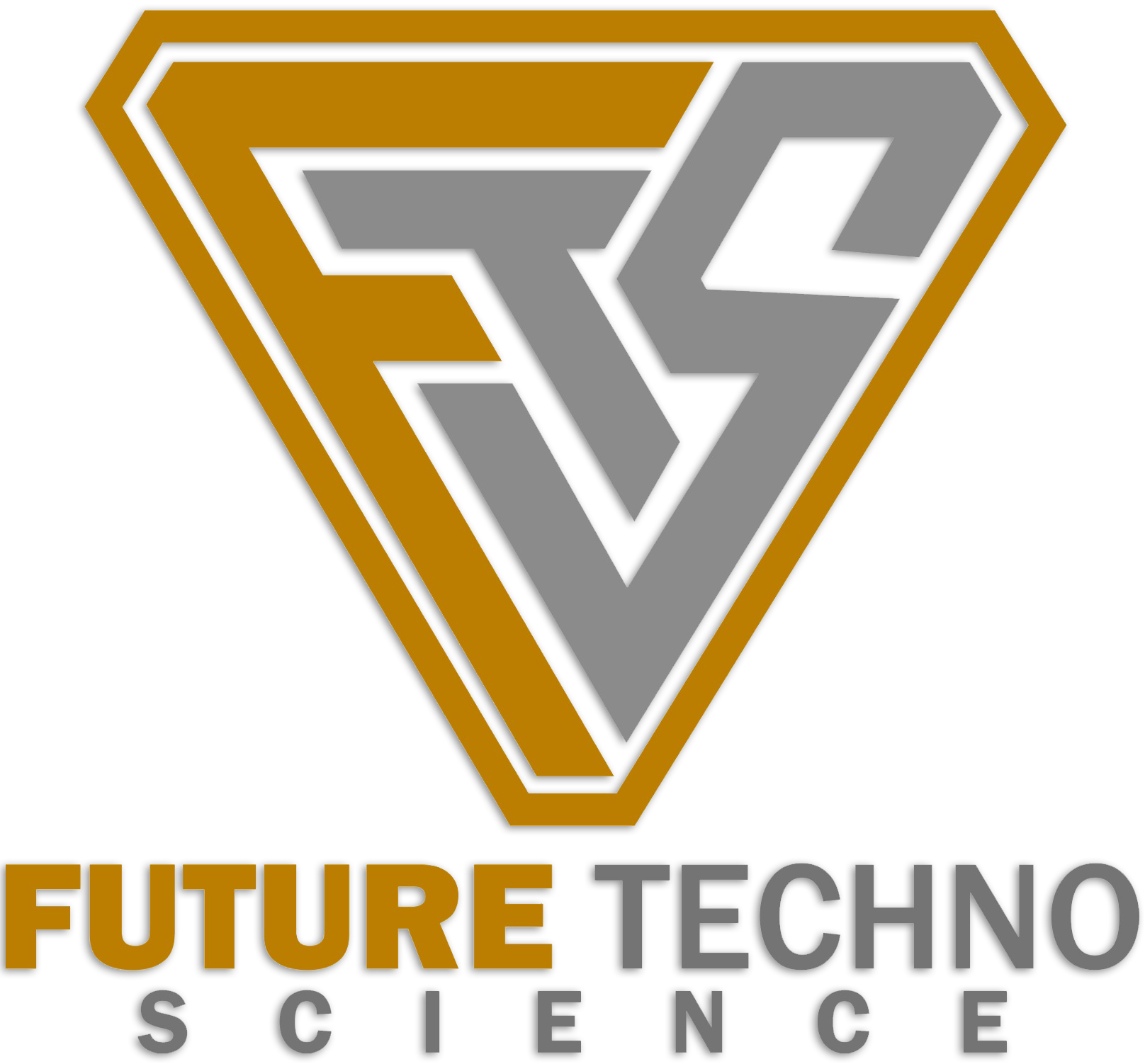Enhanced Multi-Class Skin Lesion Classification of Dermoscopic Images Using an Ensemble of Deep Learning Models
DOI:
https://doi.org/10.62411/jcta.11530Keywords:
Inception-V3, Oversampling, ResNet-50, Skin lesion classification, VGG16Abstract
This study presents an advanced approach to multi-class skin lesion classification by leveraging an ensemble model comprising the Inception-V3, ResNet-50, and VGG16 architectures. The classification task focuses on categorizing skin lesions into distinct classes, including Melanoma, basal cell carcinoma (BCC), and squamous cell carcinoma (SCC), using the ISIC dataset, a comprehensive collection of dermoscopic images. In order to properly balance the dataset, the oversampling strategy is utilized, as some lesion types are underrepresented due to inherent imbalances in the dataset. By ensuring that the model is trained on a more representative dataset, this balancing improves the algorithm's capacity to categorize all lesion types properly and impartially. By combining the complementary features of ResNet-50, Inception-V3, and VGG16, the ensemble technique improves the overall classification performance. ResNet-50 is chosen for its deep feature extraction capabilities, which help capture fine details in lesion patterns. Inception-V3 is selected for its multi-scale processing, allowing it to effectively analyze lesions at varying resolutions and sizes. VGG16 is included due to its simple yet highly effective architecture for image classification tasks. The ensemble model with data augmentation significantly outperforms individual models in skin lesion classification for both the original and balanced ISIC datasets regarding accuracy, precision, recall, and F1-score. This method offers a robust solution for skin lesion classification, contributing to more accurate and reliable diagnostic tools in dermatology.References
A. Murugan, S. A. H. Nair, A. A. P. Preethi, and K. P. S. Kumar, “Diagnosis of skin cancer using machine learning techniques,” Microprocess. Microsyst., vol. 81, p. 103727, Mar. 2021, doi: 10.1016/j.micpro.2020.103727.
G. Akilandasowmya, G. Nirmaladevi, S. Suganthi, and A. Aishwariya, “Skin cancer diagnosis: Leveraging deep hidden features and ensemble classifiers for early detection and classification,” Biomed. Signal Process. Control, vol. 88, p. 105306, Feb. 2024, doi: 10.1016/j.bspc.2023.105306.
L. Talavera-Martínez, P. Bibiloni, A. Giacaman, R. Taberner, L. J. D. P. Hernando, and M. González-Hidalgo, “A novel approach for skin lesion symmetry classification with a deep learning model,” Comput. Biol. Med., vol. 145, p. 105450, Jun. 2022, doi: 10.1016/j.compbiomed.2022.105450.
A. Bibi et al., “Skin Lesion Segmentation and Classification Using Conventional and Deep Learning Based Framework,” Comput. Mater. Contin., vol. 71, no. 2, pp. 2477–2495, 2022, doi: 10.32604/cmc.2022.018917.
W. Gouda, N. U. Sama, G. Al-Waakid, M. Humayun, and N. Z. Jhanjhi, “Detection of Skin Cancer Based on Skin Lesion Images Using Deep Learning,” Healthcare, vol. 10, no. 7, p. 1183, Jun. 2022, doi: 10.3390/healthcare10071183.
A. K. Adepu, S. Sahayam, U. Jayaraman, and R. Arramraju, “Melanoma classification from dermatoscopy images using knowledge distillation for highly imbalanced data,” Comput. Biol. Med., vol. 154, p. 106571, Mar. 2023, doi: 10.1016/j.compbiomed.2023.106571.
A. Alhudhaif, B. Almaslukh, A. O. Aseeri, O. Guler, and K. Polat, “A novel nonlinear automated multi-class skin lesion detection system using soft-attention based convolutional neural networks,” Chaos, Solitons & Fractals, vol. 170, p. 113409, May 2023, doi: 10.1016/j.chaos.2023.113409.
N. Priyadharshini, S. N., B. Hemalatha, and C. Sureshkumar, “A novel hybrid Extreme Learning Machine and Teaching–Learning-Based Optimization algorithm for skin cancer detection,” Healthc. Anal., vol. 3, p. 100161, Nov. 2023, doi: 10.1016/j.health.2023.100161.
H. K. Gajera, D. R. Nayak, and M. A. Zaveri, “A comprehensive analysis of dermoscopy images for melanoma detection via deep CNN features,” Biomed. Signal Process. Control, vol. 79, p. 104186, Jan. 2023, doi: 10.1016/j.bspc.2022.104186.
S. K. Singh, S. Banerjee, A. Chakraborty, and A. Bandyopadhyay, “Classification of Melanoma Skin Cancer Using Inception-ResNet,” in Frontiers of ICT in Healthcare, 2023, pp. 65–74. doi: 10.1007/978-981-19-5191-6_6.
Y. Wang et al., “Adversarial multimodal fusion with attention mechanism for skin lesion classification using clinical and dermoscopic images,” Med. Image Anal., vol. 81, p. 102535, Oct. 2022, doi: 10.1016/j.media.2022.102535.
D. Zhuang, K. Chen, and J. M. Chang, “CS-AF: A cost-sensitive multi-classifier active fusion framework for skin lesion classification,” Neurocomputing, vol. 491, pp. 206–216, Jun. 2022, doi: 10.1016/j.neucom.2022.03.042.
U. A. Lyakhova and P. A. Lyakhov, “Systematic review of approaches to detection and classification of skin cancer using artificial intelligence: Development and prospects,” Comput. Biol. Med., vol. 178, p. 108742, Aug. 2024, doi: 10.1016/j.compbiomed.2024.108742.
M. Hajiarbabi and R. Chandra, “Skin Lesion Detection Using Deep Learning,” J. Autom. Mob. Robot. Intell. Syst., pp. 56–64, Aug. 2023, doi: 10.14313/JAMRIS/3-2022/24.
M. A. Araaf, K. Nugroho, and D. R. I. M. Setiadi, “Comprehensive Analysis and Classification of Skin Diseases based on Image Texture Features using K-Nearest Neighbors Algorithm,” J. Comput. Theor. Appl., vol. 1, no. 1, pp. 31–40, Sep. 2023, doi: 10.33633/jcta.v1i1.9185.
M. T. H. Khan Tusar, M. T. Islam, A. H. Sakil, M. N. H. N. Khandaker, and M. M. Hossain, “An Intelligent Telediagnosis of Acute Lymphoblastic Leukemia using Histopathological Deep Learning,” J. Comput. Theor. Appl., vol. 2, no. 1, pp. 1–12, May 2024, doi: 10.62411/jcta.10358.
J. Han, M. Kamber, and J. Pei, Data Mining: Concepts and Techniques. Elsevier Inc., 2012. doi: 10.1016/C2009-0-61819-5.
J. Brownlee, “A Gentle Introduction to Transfer Learning for Deep Learning,” Machine Learning Mastery, 2019. https://machinelearningmastery.com/transfer-learning-for-deep-learning/
M. ul Hassan, “VGG16 – Convolutional Network for Classification and Detection,” Neurohive.io, 2018. https://neurohive.io/en/popular-networks/vgg16/
K. He, X. Zhang, S. Ren, and J. Sun, “Deep Residual Learning for Image Recognition,” in arXiv, Dec. 2015, vol. 2016-Decem, pp. 770–778. doi: 10.1109/CVPR.2016.90.
S. Mukherjee, “The Annotated ResNet-50,” Towards Data Science, 2022. https://towardsdatascience.com/the-annotated-resnet-50-a6c536034758
C. Szegedy et al., “Rethinking the Inception Architecture for Computer Vision,” in 2016 IEEE Conference on Computer Vision and Pattern Recognition (CVPR), Jun. 2016, pp. 2818–2826. doi: 10.1109/CVPR.2016.308.
F. M. Firnando, D. R. I. M. Setiadi, A. R. Muslikh, and S. W. Iriananda, “Analyzing InceptionV3 and InceptionResNetV2 with Data Augmentation for Rice Leaf Disease Classification,” J. Futur. Artif. Intell. Technol., vol. 1, no. 1, pp. 1–11, May 2024, doi: 10.62411/faith.2024-4.
“Inception-v3 Explained,” Papers with Code. https://paperswithcode.com/method/inception-v3
MNOWAK061, “ISIC2018 and PH2 384x384 JPG,” Kaggle.com, 2000. https://www.kaggle.com/datasets/mnowak061/isic2018-and-ph2-384x384-jpg (accessed Apr. 10, 2022).
Downloads
Published
How to Cite
Issue
Section
License
Copyright (c) 2024 Kyi Pyar Zaw, Atar Mon

This work is licensed under a Creative Commons Attribution 4.0 International License.















